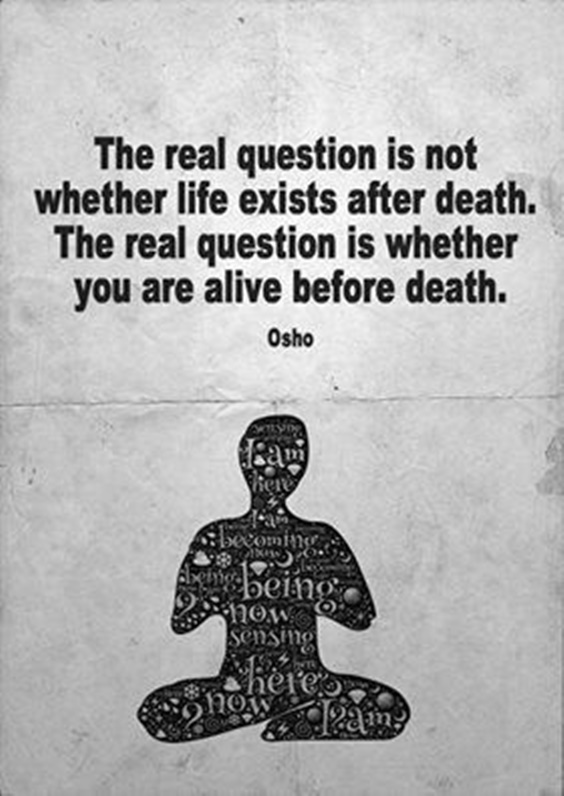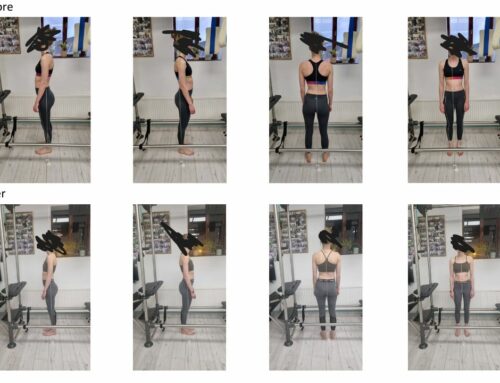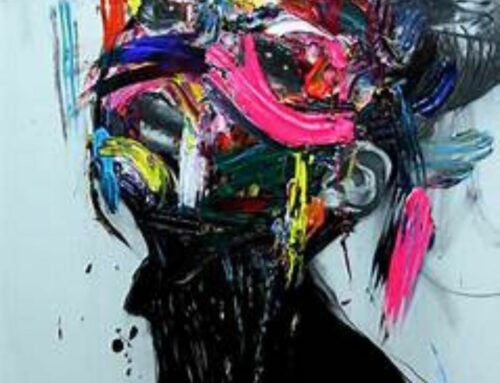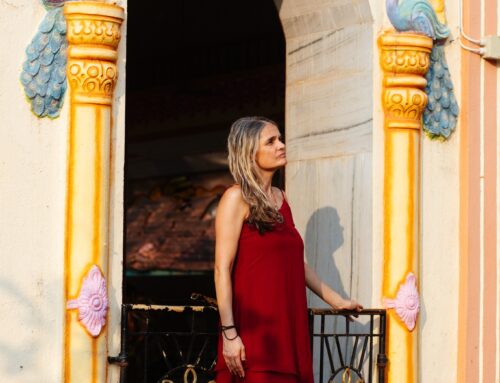Staying positive in a negative world can be a challenge. According to the National Science Foundation, an average person has about 12,000 to 60,000 thoughts per day. Of those, 80% are negative and 95% are repetitive thoughts. If we repeat those negative thoughts, we think negative way more than we think positive thoughts. All negative thoughts are not bad. I must remember that I am responsible for my own happiness and reactions and no one else must be blamed.
Lockdown number two and tier three have been extremely taxing on my family, so much so that I lost my stepmom recently to mental health. Mental health, anxiety, stress and depression are at an all time high. Human beings are primates and are not designed to be sedentary, isolate, lack human touch/contact and love. We are designed to move, breathe, hydrate with water, eat nourishing whole foods, sleep, socialise and think for ourselves. How proud my stepmother was of me. I have turned my pain into positive outcomes. All pain is a recipe for growth, if we are willing to listen. We can run away and give up, or we can embrace physically, mentally, emotionally and spiritually. My food will depict my mood and the way I feel. My movement will give me energy. Helping others stops me feeling sorry for myself and most importantly I give daily gratitude. I become the five people that I mix with the most, so mixing with positive like minded people or listening to positive podcasts during lockdowns most definitely changes your perspective.
I am also choosing not to live in fear. Fear suppresses the immune system, making me open to a number of inflammatory conditions and diseases. A healthy immune system is a product of Vitamin D, nutritious food, clean water, daily movement or exercise, laughter, happiness. The immune system can be suppressed with over sanitisation, which is what we are seeing now.
“Pain makes you very alert, pain makes you very compassionate and pain makes you sensitive to others’ pains too. Pain makes you immense, huge, big. The heart grows because of pain. It is beautiful, it has its own beauty. I am not saying seek pain; I am only saying whenever it is there, enjoy that too. It is a gift of existence and there must be a hidden treasure in it. Enjoy that too, don’t reject it. Accept it, welcome it and be with it. In the beginning it will be difficult, arduous. But by and by you will learn the taste of it.” – Osho
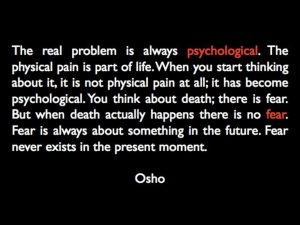
A grieving mother, Kisa Gotami, suffered the ultimate pain of losing her child. In desperation she asked the Buddha for medicine that miraculously might bring her child back to life. With compassionate wisdom, the Buddha said he could help. He asked Kisa to bring him a handful of mustard seeds, but made the stipulation that the seed must be from a home where no one had lost any loved one.
Kisa went from door-to-door hoping to come across a household that had never suffered such a loss. Of course every family had its own tale of woe, which they shared with Kisa, forging connection in their shared sense of loss. This did not lessen Kisa’s grief, but it did usher her into communion with others who had been left similarly bereft, showing her that it was only human to grieve as she was. She eventually attained a measure of acceptance about her loss, and understood that death is woven inherently into the fabric of existence.
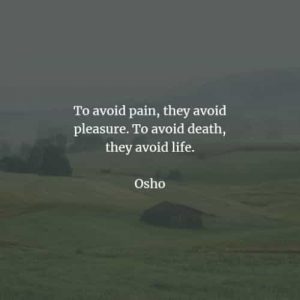
In cultivating acceptance in this way, Buddhism speaks of ‘two arrows’. When we lose someone, we are pierced by intense grief. This or any type of hurt is the first arrow, which is wounding enough in itself. But all too often we recoil against that initial reaction and start to feel sad about feeling sad (or in another context, start to feel angry about feeling angry). The secondary response – known in psychology as a ‘met emotion (that is an emotion powering an emotion) – is the second arrow. It can be just as hurtful as the first, and sometimes even be more damaging. It may be well impossible to remove the first arrow, to temper that sense of loss or hurt we feel in such experiences as bereavement. However if we can mange to accept our feelings – perhaps by seeing them as burdens we must all carry at some point in life – we can at least make peace with them and remove the second arrow.
We do not have to be Buddhist to appreciate this notion of the two arrows. Indeed Buddhism ethos of acceptance is emphasized in almost every religion tradition plus in spiritual and therapeutic discourse more broadly. When we understand that there is a purpose to life – i.e to gain consciousness with all that is and union with all that are, we become more conscious, meaning we cultivate emotions that are based on love rather than fear. Fear is a force of separation or division. When you are afraid of an angry dog, you naturally want to separate from it. When we separate from our physical body we become face to face with our own true self. The soul is the light of unconditional love, it can illuminate our thoughts. Dying is like a dream state and we dream beautiful or scary dreams, which is largely based on what’s in our mind. One who has developed their awareness of the soul has already developed a love based consciousness. They are capable of giving themselves empathy and compassion and have no reason to become unconscious. Death brings us to the realisation that the universe is one. We realise that actions that go against life are essentially self negating.

Although the physical body dies, the mental/physic body remains. If we acted towards others in a self negating way, we must take responsibility for our actions. We do this by writing corrections into the next chapter of our life. With each life we get better and better at writing these love stories. If we have been innocently harmed by negative thoughts, words and the deeds of others, the universe will absorb the action/reaction and we will be shown that love supports us all the way.
Bibliography
Salvatore la Perla – GYROTONIC Teacher
Osho
Paul Chek blogs

